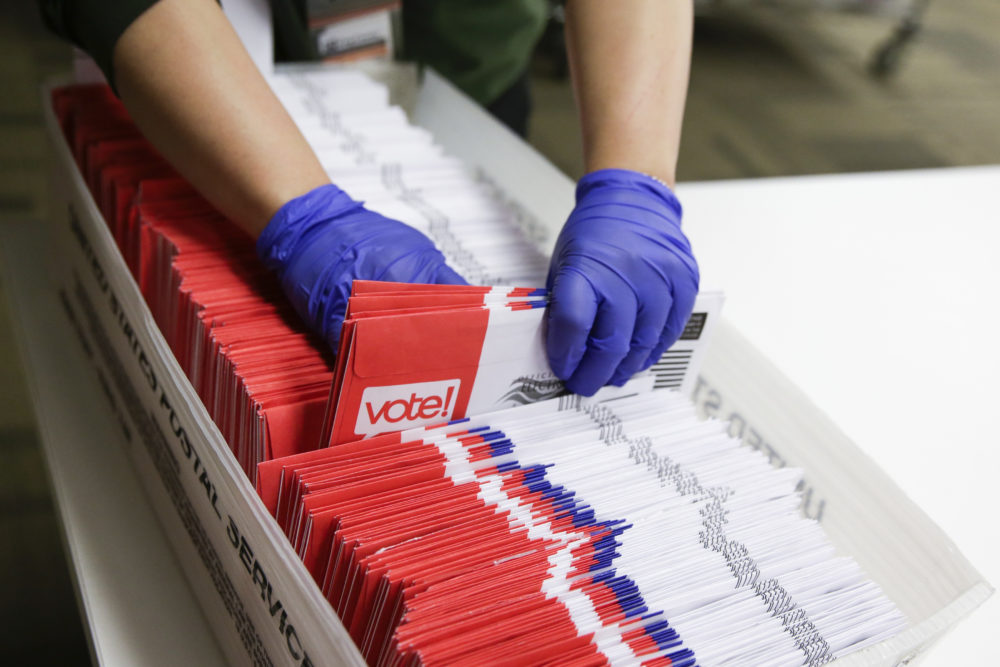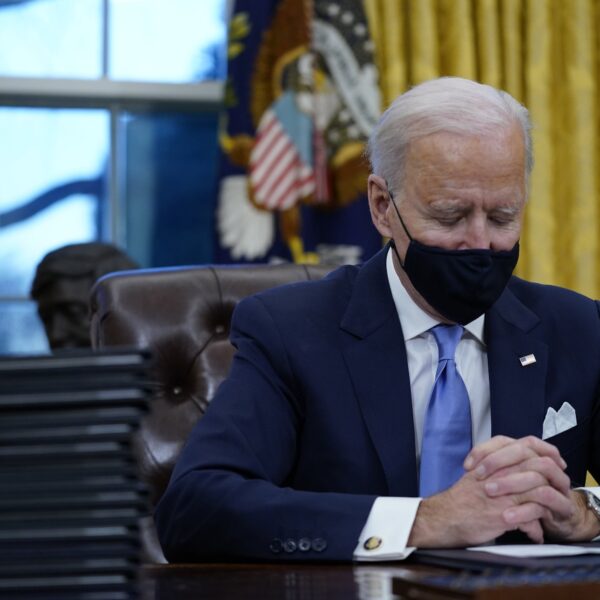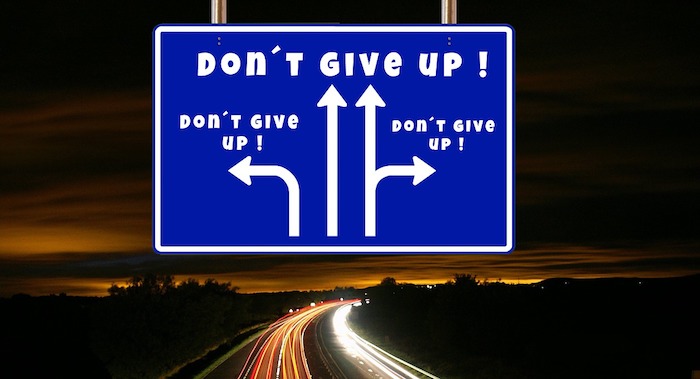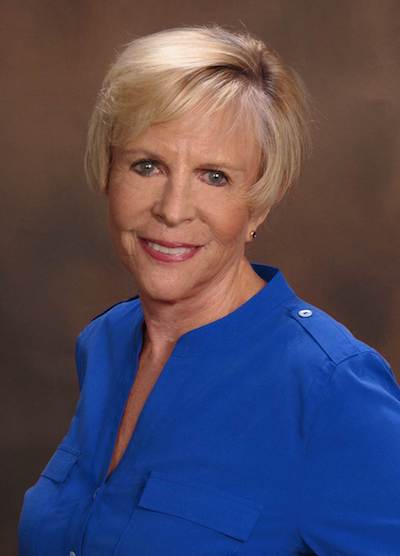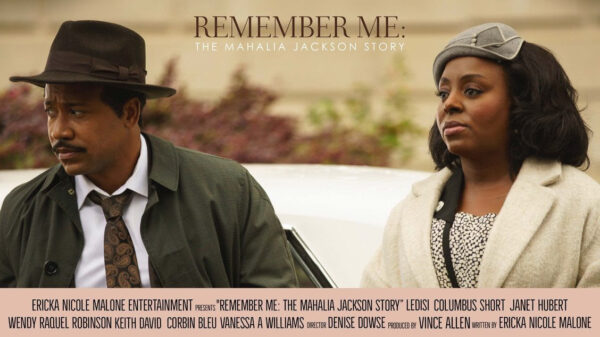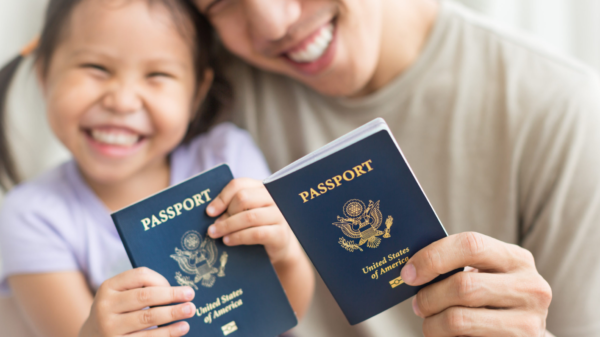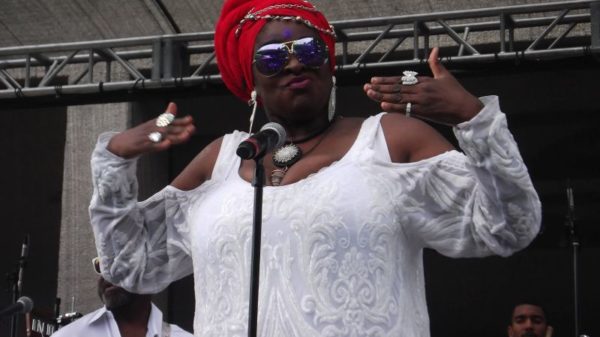Magazine, The Immigrant Experience
A National Overview of how this election’s ballots will be collected, counted, and tallied, and how the elections will be certified hosted and moderated by Pilar Marrero, associate editor, EMS (Ethnic Media Services) and co-sponsored by California Black Media during its weekly briefing. The briefing was motivated by the 2020 aftermath of election deniers and the January 6th attempt to take over the capitol.
Derek Tisler, counsel in the Brennan Center for Law & Justice’s Elections & Government Program, author of the new study “The Roadmap to the Official Count in the 2022 Election and California Secretary of State Shirley Weber discussed steps taken by California to prevent voter intimidation at the polls in this year’s midterms and to verify that votes are accurately and fairly counted.
Derek Tisler, counsel in the Brennan Center for Law & Justice’s Elections & Government Program, author of the new study “The Roadmap to the Official Count in the 2022 Election” shared the steps taken by election officials to ensure that every eligible vote is counted. Despite the challenges faced by election officials in the 2020 elections with the pandemic and with the record-breaking turnout Federal officials and election Security Experts declared that the election was the most insecure in history. They are confident that 2022 will have a similar outcome and admit that it is true that our election system faces new challenges since 2027, voters he said will face new requirements as they cast their ballot this year especially if they are voting by mail. Georgia and Texas for example passed laws that require more identifying information to be included on absentee applications and ballots than in years past. They have also seen false information spread about the security of the election process with individuals claiming that there was widespread fraud in 2020 or the election process and even though these claims have been repeatedly disproven through lawsuits, investigations, and post-election audits in the past, and challenges some voters understandably have questions about whether their vote will be counted and whether they can trust the final outcome of the election administration. It is complicated for most people, to understand their interaction with the election system from when they mail in their ballot or when they cast it into the machine at their polling place.
Discussing what happens after, he shared that through a series of distinct but often simultaneous processing, election workers across the country count ballots and then check and recheck all valid and other records until they’re confident that every eligible ballot has been counted and included in the vote total. The processes generally take place in public with representatives from campaigns, political parties media and the general public can and do observe election workers as they count and recount ballots to make sure that workers follow every step correctly as outlined by law. From the moment that voters cast their ballots, it is typically required two persons or bipartisan teams collect handle, and count ballots ensuring that there are internal checks in the process dates and also keep the detailed chain of custody records that track who is handling ballots, at what time, election officials always prioritize accuracy and security over speed. This is why despite the frustration over slower counts in 2020 election results are never final on election night. What voters see when they’re watching their TV at home or following along online is a combination of those ballots that have been counted and media projections about who is likely to have the most votes once every ballot has been counted. But states do not reach a final official result until days or even weeks later.
It takes time to verify voter eligibility, collect and count every ballot and confirm that you have the right totals. They can never be in a hurry to produce a quick result because the goal is to count every vote and count every vote correctly. The election system in the US is heavily decentralized which means that there is not one election system but 50 different election systems. Even counties within a state may have distinct operating procedures but the path that states take to produce official results is generally the same even if specifics and timelines vary.
The process begins as voters cast their ballots in person by dropping them off or by returning ballots by mail. Regardless of the method, all ballots must be cast by the end of the day on Election Day. While some states allow ballots returned by mail to be received by the election office in the days after it still must be out of the voters’ hands and postmarked on Election Day. When a voter cast a ballot in person at their polling place election officials generally confirm the eligibility of the voter when they check in and before the voter receives their ballot; when a ballot is returned by mail, election officials confirm the eligibility of the voter when the office received the ballot and before the ballot gets sorted for counting. This step is called “Processing”, and election workers review the information on the ballot envelope, confirm the identity and authenticity of the voter, verify that the voter is registered and eligible to vote, and then remove the ballot from the envelope to be counted. Processing is why mail ballots tend to take longer to count than ballots cast in person. In some States including Pennsylvania and Wisconsin election workers cannot begin processing mail ballots until election day, this is a key reason why these states took longer to release results in 2020 than a lot of other states did and it is why state officials in these state are warning that results could take longer again this year and in many other state officials can start processing ballots 2 weeks before election day so that they can be instantly counted and included in vote totals. After ballots are cast they’re generally inserted into a voting machine to be counted in a process called tabulation though in some states votes are cast directly onto a voting machine.
Voting machines of all types are certified to federal and state standards which is a baseline requirement for security and accuracy. Election officials pass this equipment before every election in public to ensure the equipment is working properly. After ballots have been counted, election officials once again test the equipment for a post-election audit where they hand count a sample of ballots and compare the results to the outcome reported by the voting machine to confirm the accuracy of the vote count.
Election officials begin reporting unofficial results on election night and continue to release results until all votes have been counted, but it’s important for voters to keep in mind that these are unofficial results. In some cases, a worker may enter a wrong number by accident, these mistakes are quickly corrected as officials review results and compare all available records and such corrections are a normal part of the counting process. If an election contest is especially close, election officials may conduct a recount, nearly half of all states require a recount when the margin of victory falls within a designated range which is another opportunity to check for and identify issues and correct vote counts before finalizing the results. Once election officials are confident that every ballot has been counted and the final results are accurate, state and local officials certify the final results. Each state sets its own deadline for certification usually between two weeks to a month after election day. Once the vote count is in final certification is a mere formality, it doesn’t matter if the state officials disagree with the outcome, they must certify the results.
Giving insight on what voters should be doing right now to ensure that they can cast a vote and have their ballots counted without difficulty, the most important thing is to make a voting plan. If you want to vote in person make sure you know where your polling place is as it may be different from where it was last located in the last election. Also, make sure you know what identification you need to cast a ballot and bring that I D with you. If you want to cast by a mail or absentee ballot go slow and make sure you carefully fill out all of the required information on your ballot envelope this information is again what election workers check to confirm that you are an eligible voter and all of that information must be on the envelope if you still have a mail or absentee ballot voter should return that ballot in person to their election office or drop it off at a ballot drop box. Contact your local election office to learn what drop-off options are available as they vary by state. This close to election day the post office may not be able to get the ballot back.
This information he shared can be found in a recent piece by the Brennan Center published which is also available in a Spanish-language version:
The Brennan Center for Justice at NYU Law has just now published “The Roadmap to the Official Count in the 2022 Election.” It lays out how this election’s ballots will be collected, counted, and tallied, and how the elections will be certified – processes that have been the subjects of baseless conspiracy theories, myths, and misinformation.
Our experts in election administration and security explain what will happen to ballots before and after Election Day, those cast by mail and in person. They describe the processes at each step that will ensure the results are accurate. They also provide battleground states’ deadlines for key steps in the count. “The Roadmap to the Official Count in the 2022 Election” explains each of the following stages:
- Receiving voters’ ballots
- Processing mail ballots
- Tabulation (recording each vote)
- Reporting unofficial results
- Adjudicating and counting provisional ballots
- Curing (giving voters the chance to fix technical mistakes)
- Canvassing (counting and resolving discrepancies)
- Auditing (double-checking the accuracy of the results)
- (If necessary) Conducting recounts
- Certification (approving the complete and final results)
This roadmap is an updated version of a publication the Brennan Center released in 2020.
California Secretary of State Shirley Weber, California ́s first Black Secretary of State and only the fifth African American to serve as a state constitutional officer in California ́s 170- year history.
Her Mission:
She shared that as an elected official she and her team are committed and she is committed to ensuring that all votes count.
‘that every vote that you place in an envelope or place in a box or take part in at the local polling place. We are committed to making sure that every vote in California counts and every vote hopefully across the nation will also. I want to start by saying that whatever, however, you plan to return the ballot we are going to ensure that it gets counted. A complete part in ensuring that every vote will count we want to make sure that everyone knows that they should sign their ballot.
How can you ensure that your ballot is counted?
We have lots of discussions about the ballots that are rejected or take more time to count and sometimes we have to go verify and find the voter and get them to come & sign that ballot. You ensure that your vote is going to count in this way simply by signing the ballot once you sign that envelope and put it in the mail we’re pretty confident that it will get to us and will be counted. Returning your ballot also on or before November 8th is also important because if you take your ballot to the local dropbox make sure it’s in by 8 on or before November 8. If you are returning it by mail you want to make sure that you look at your post office, if you are at a post office and it says that it is picking up the mail at 5 pm and you are standing there at 6 pm that mail will not be postmarked by 5 pm even though you dropped it in a post office. You want to make sure that it is really just stamped and that it’s in by 8 pm. If that box is not picked up anymore for that day, that piece of mail will be stamped by the next day. So you want to make sure that your envelope is postmarked on time so that we can get your ballot in and that will not be the reason why it should be rejected.
What happens to your ballot once you drop or mail it? Is there a way to track your ballot?
To help you with this and some of you wonder what happens to my ballot we have in California, “Where is my ballot”, which is really an amazing experience if you haven’t done it before, this tracks the ballot. Every ballot has a code on it that basically is your ballot, so when you sign up for tracking your ballot and your ballot hits either the registrar’s office or post office or wherever it’s going you will start getting notifications about your ballot. I dropped my ballot into a ballot box at the library the other day and I got a notice in about 24 hours saying, “your secretary of state has basically received your ballot, it has been received, and it has been counted, thank you for voting”. And that happened in less than 24 hours because I put my ballot into a box in the library and they picked it up that evening, took it in and it was signed, everything was official. They opened it and counted it and then they notified me and so that’s extremely important. If you haven’t done that before, you should actually do that so that you can basically track your ballot. I want to make sure you understand that if you do those things, that becomes the first step in us ensuring that your vote is going to count, that you’ve done your part in signing that envelope, putting it in on time in order to get it in.
How and when can I get a mail ballot?
Everyone in California will receive a vote-by-mail ballot, if you have not then you need to call your registrar-voter or call our information lines and Sacramento to say something happened to your ballot. But by now every person who was registered by the deadline in California should have a vote-by-mail ballot delivered to their home and you don’t have to have a stamp to return it so put it back inside the envelope you put it in the box and you don’t have to have a stamp.
Can I trust the voting system in California?
Clearly, you know California is in a different place than other states but nonetheless, we are still in a unique position in terms of what’s happening across California that is unique for voting in California. We also deal with the whole issue of election deniers and while we don’t have many of them running for office in California we do have some, and there are others who have attempted to overturn the election in California just like elsewhere and generally are through the whole issue of litigation. Steve Reyes is our attorney and we have lots of attorneys and we’ve seen an increase in our litigation over the last two years. The number of complaints that have been filed, sometimes huge numbers at one time because someone has had a meeting and everybody’s filling out these forms and filing similar complaints with different addresses in our counties and so all of them we’ve seen over 50 different cases that have been filed, election deniers who tried to overturn the 2020 election and they have all failed. So despite the fact that these people are constantly doing litigations against us, they have all failed. And I personally since coming into office in 2021 have been sued a large number of times by basically trying to overturn the 2020 election. The reason why these cases continue to fail is that there is nothing to them. ‘There is no there, there,’ no information to substantiate the claims and allegations, and one judge ruled against the election deniers in these words, “Charges require specific allegations and then proof” he said, “and we have neither here”, so if they don’t get no allegations, there’s no proof, there is nothing there and so, therefore, this judge said this is what was required to file a complaint and these two elements are not there to overturn the elections. I have no reason to believe that the future cases to overturn elections in California will succeed because we have done all we can and continue to do all we can to make sure that we are responding to the issues, making sure that we are having elections that are safe and secure and that our processes are followed. We’ve been on the lookout obviously but we have not seen any type of intimidation or threat as seen in other states to voters or poll workers. We don’t have people marching with guns or in fatigue outfits. Those kinds of things that we saw this past weekend in Arizona and other places, we don’t have folks like that and yet we train our workers and our poll election officials to make sure that the procedures they follow are safe and that they do understand the proper procedure if problems arise. If there is someone trying to cause confusion, they have been trained on how to de-escalate the situation or handle the situation, and then if all else fails we are prepared to basically call in law enforcement and those who make sure that they’re safe.
How safe is the voting process?
We have worked hard to make sure that those who are working our polls are safe themselves, in fact, we have offered to and supported litigation in the past year so that they can be a part of our safe at-home program because we have had some folks who have felt intimidated by outside people coming into their polling places. They are concerned that they live in small communities so people know who they are. if you are like me you know some poll workers all your life and you know these folks are people who are really doing a good service for little or no resources. My mother was a poll worker for I don’t know how many years and ran the elections in our front yard and our friend’s living room in Los Angeles and never thought that people will think that she was a reason for an election green won or lost because she was just doing her civic duty and responsibility as a citizen. And so we are very conscious of that and that we are prepared to with our office as well as our State Attorney General’s office and others to make sure that our poll workers, our people who work the polls, the registrar office, they are safe in California, that this is not a career or an effort that you put your life at risk and so we work with our state partners to ensure that we are able to respond to any issue that arises and that comes forth. And my staff, Reyes, and others have been working with our agency office to put in place the kinds of things that we need to do to make sure of that. As I just said we’re different than other states and while other states have sought to limit voting rights and limit those who can come to the polls and make it harder for people to vote, California has done the opposite, we have been involved in opening up the franchise of voting.
Who can and is eligible to vote?
Most of you know that from pop 17 in California everyone in California can vote unless they are convicted of a felony and sitting in a state or federal prison, people in jail can vote, and people who are ex-offenders can vote in California and we encourage them to register and to vote. We also have been involved in pre-registering high school students.
High school students cannot vote until they are 18 but we’ve been involved in going into the schools trying to educate them on civic responsibility so that they will want to vote when their time comes, and in addition to that we have actually registered, pre-registered high school students who are 16 and 17 to vote when they turn 18 & we will follow those young people so that when their time comes they will get a very welcoming letter or card for us saying, “it’s finally your time now it’s your time to vote”. We have also given the opportunity to high school students who are 16 + 17 years old to have a civic responsibility, to get credit and they can work the polls and can also be paid as poll workers so they’re trained to understand the process. This way we are beginning to build a bench of those who are ready to understand the importance of the election and the things that we need to do.
How can we ensure transparency?
Californians believe in democracy and the efforts of our legislature, the courts, and the voters and election officials are contributing to a very robust safe, and transparent electoral system in California. I think as was pointed out in the Brennan Center people can come and watch folks counting ballots, they can watch them going through ballots that don’t have signatures and I’ve been there when they’ve been calling individuals and sending messages to them saying we need you to come in and sign your ballot, we need to have your signature in order to make sure that you vote. Deniers and those who still don’t believe this, you are welcome to come to the registrar’s office or call them and you can come and observe individuals actually counting the ballots. You can’t interfere with it, you can count them yourself, but you can behind glass or whatever see what the work is to secure every ballot, to make sure that every vote counts. So we will do all we can and do that always.

